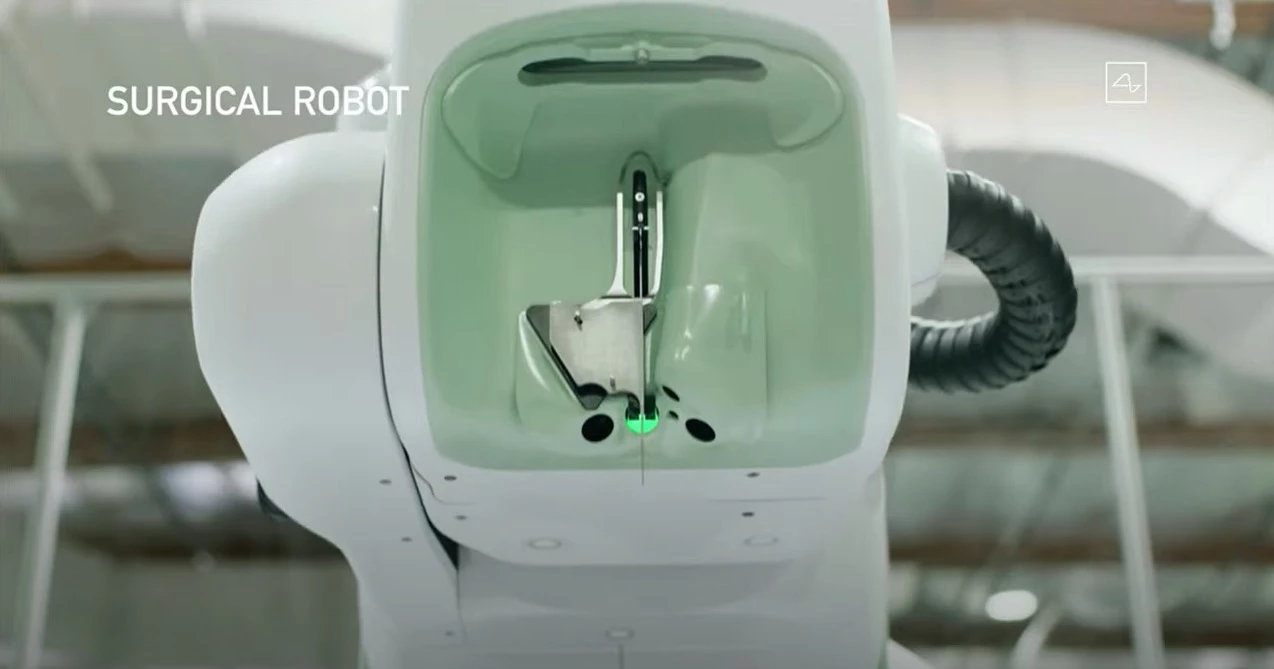Neuroscience startup Neuralink is on a mission to develop next-generation brain implants that hook machines up to the human mind, and on Friday founder Elon Musk offered a look at the team’s progress. The company’s latest computer chip was demonstrated in the brain of a pig, where it was used to broadcast the animals’ neural activity in real-time as it waddled around a pen.
Neuralink broke cover last July, showing off a small chip called N1 a couple of years after Musk first began sharing his ambitions in the space. This device featured an array of tiny and flexible threads that could be sewn into human brain tissue to monitor its electrical signals.
This type of device is known as a brain-computer interface, and scientists have been developing these and exploring their potential now for decades. Monitoring electrical signals from the brain and decoding them for different purposes could open up all kinds of possibilities, from allowing paralyzed people to regain control of their limbs, to the treatment of conditions like depression and chronic pain.
These types of devices could intervene in these types of conditions, not just by monitoring the electrical signals traveling from neurons to the brain, but by correcting the ones that are breaking down.
However, the brain-computer interfaces currently used in medical research are bulky, offer relatively low bandwidth, often need to be tethered to other machines and involve complex surgeries to implant. Neuralink, Musk hopes, can one day offer something more suitable for mainstream use that can relay much more information about activity in the brain, and be implanted through a procedure no more complicated than laser eye surgery.
Last year, Musk showed off a Neuralink system consisting of a sensor that sat behind the ear and connected to electrodes on the surface of the brain. Twelve months on, the team has now reduced this system to a singular device the size of a coin. This would replace a piece of skull, with very fine wires then used to monitor electrical activity in the surrounding tissue.
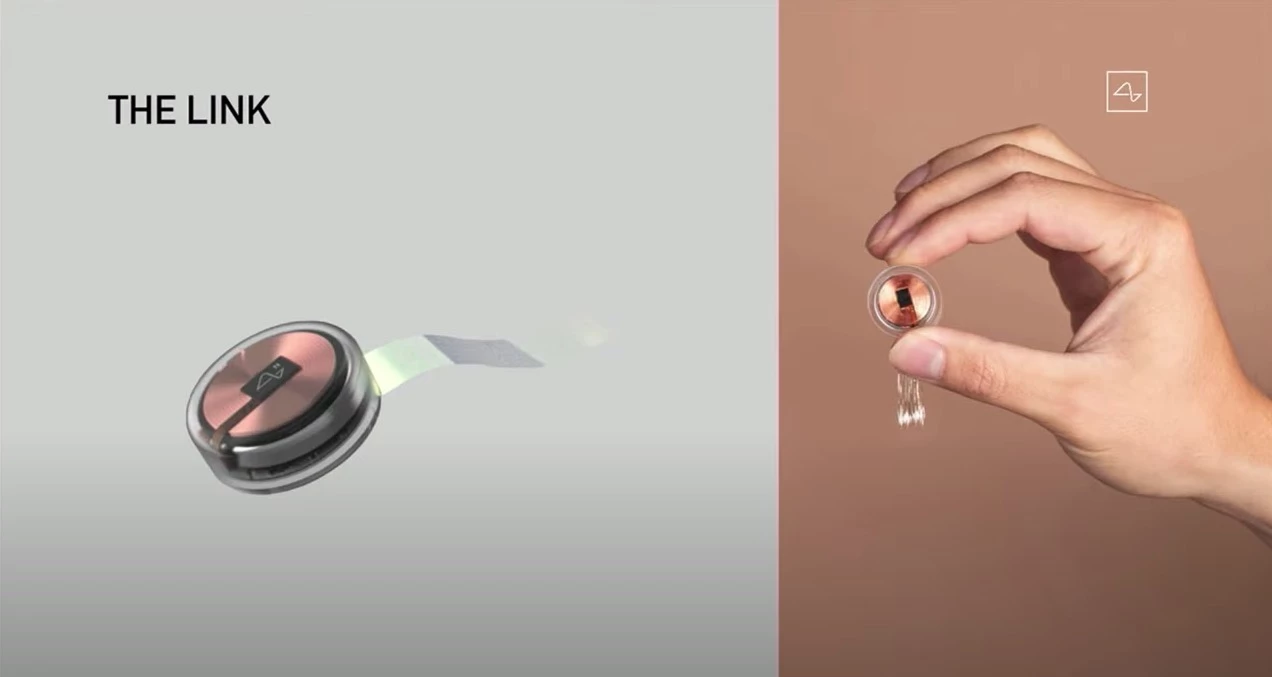
“It’s more complicated than this, but in a lot of ways it’s kind of like a Fitbit in your skull with tiny wires,” said Musk.
Called Link V0.9, the current prototype features 1024 channels for gathering information, which Musk says is around “100 times better than the next-best consumer device.” With a diameter of 23 mm and thickness of 8 mm (0.9 x 0.3 in), the implant is designed to sit flush with the skull and run on an all-day battery that can be recharged inductively like a smartwatch, with no need for wires.
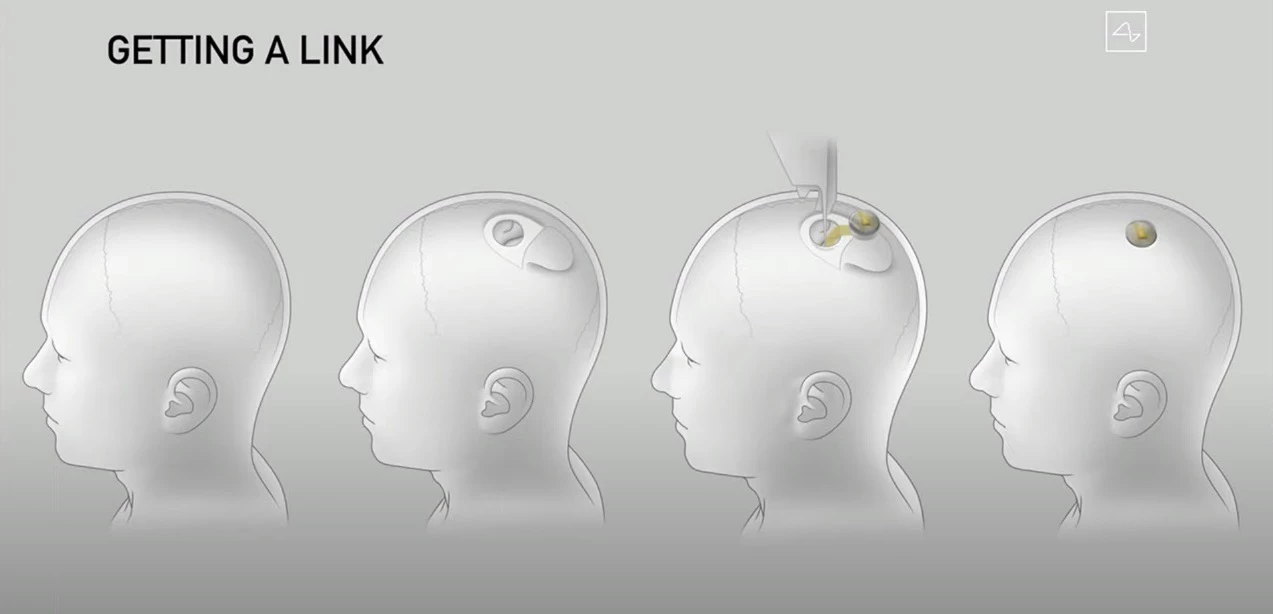
Neuralink has been working with design firm Woke Studio to develop an automated surgical robot that can insert a Link device in one hour, with subjects able to leave hospital the same day.
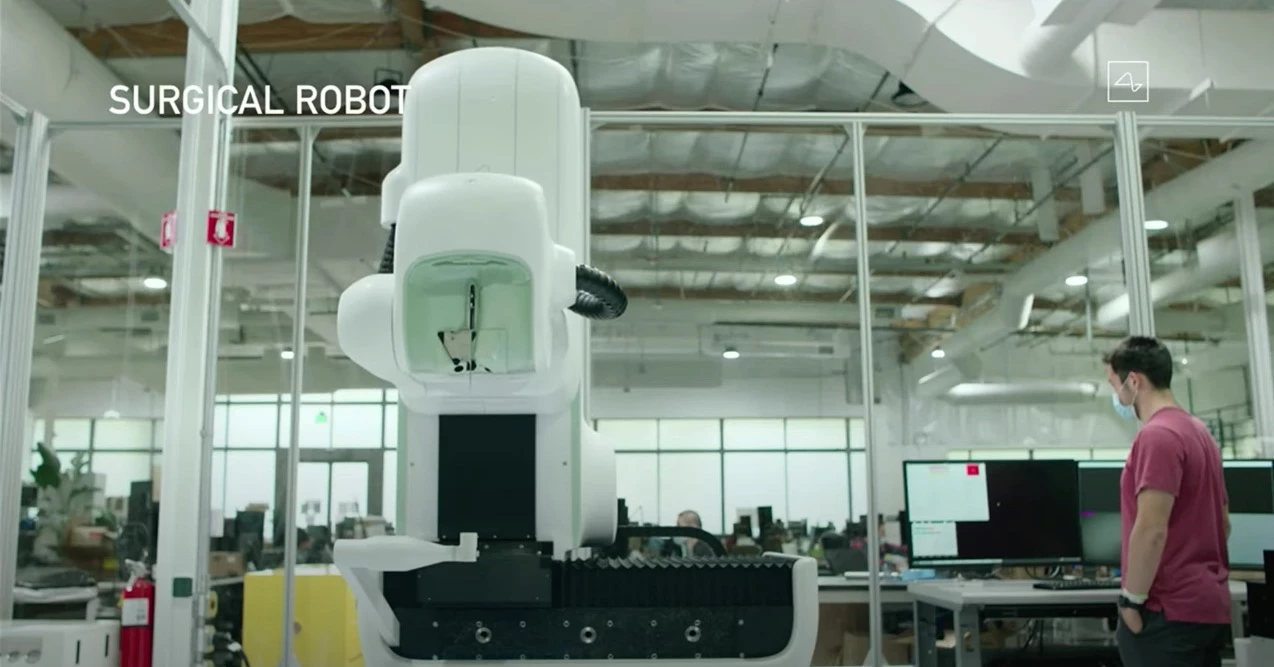
As a means of demonstrating its current capabilities, Musk had pigs on hand to the left of stage. One of these, Gertrude, had a Neuralink implant in her brain, while another called Dorothy, did have an implant previously but since had it removed.
The purpose of bringing Dorothy to the demonstration was to show how the implant could be safely removed if the subject changed their mind or wanted an upgrade. Gertrude, meanwhile, was used to demonstrate a live broadcast of neural activity in the brain, as she sniffed around the pen searching for food.
The implant connected to neurons in Gertrude’s snout, which cause neural spikes when she comes into contact with different stimuli. Musk says that the pig had been living happily with the implant for two months.
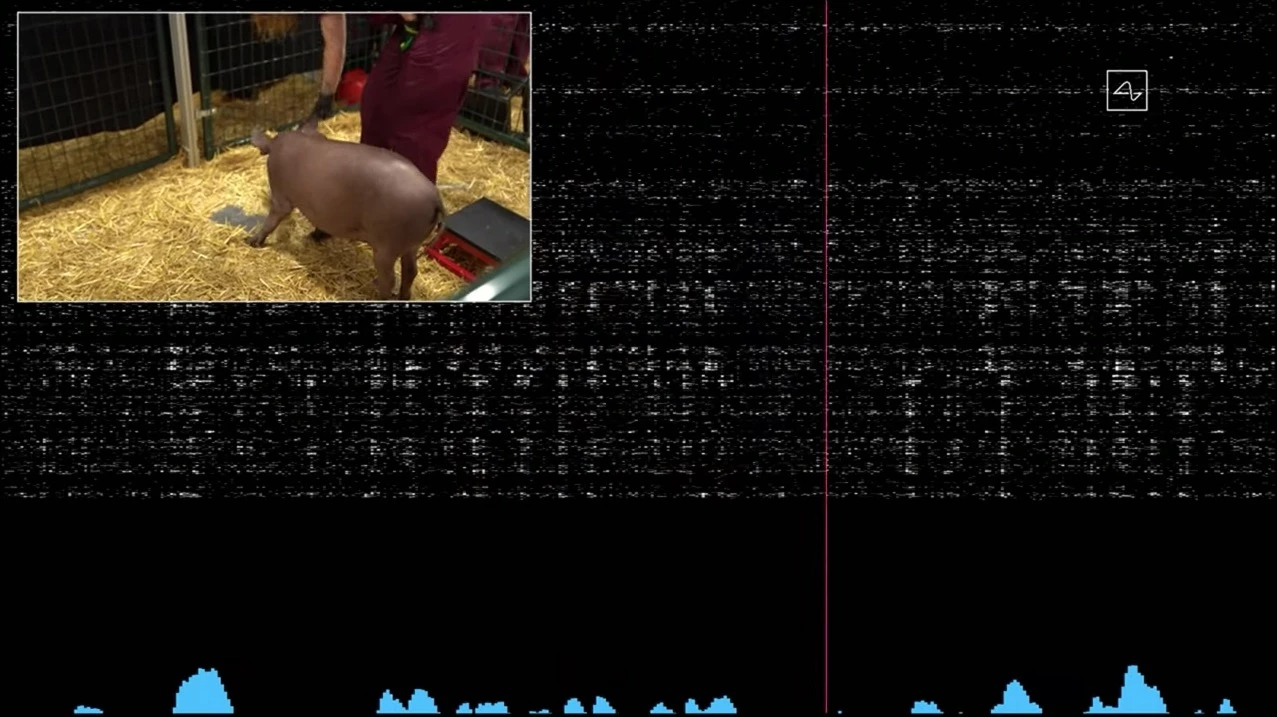
While medical applications are the primary goal for the Neuralink team, the overarching aim and Musk’s motivation for starting the company is to help form a symbiosis between humans and artificially intelligent machines. The entrepreneur’s concern is that once these machines surpass human intelligence we’ll get left behind, but a device like Neuralink could enable us to merge with AI and go along for the ride.
Musk also went on to touch on some of the more hypothetical uses for the device, such as the possibility of summoning Teslas, storing memories and using it to play video games. These kinds of applications are a long way away, though Musk did lay out a promising timeline toward clinical studies, revealing that the company had received a Breakthrough Device designation from the US Food and Drug Administration, a program designed to fast-track the development of promising medical devices.
Neuralink is preparing for its first human implantation “soon,” according to Musk, with some further approvals still needed and more safety testing to take place first. Rather than raising money or selling the product, Musk noted several times throughout the event that the purpose is to recruit scientists and engineers to join the team, which is currently made up of around 100 staff, but could grow to tens of thousands.
Here's Musk's full presentation:
Source: Neuralink



